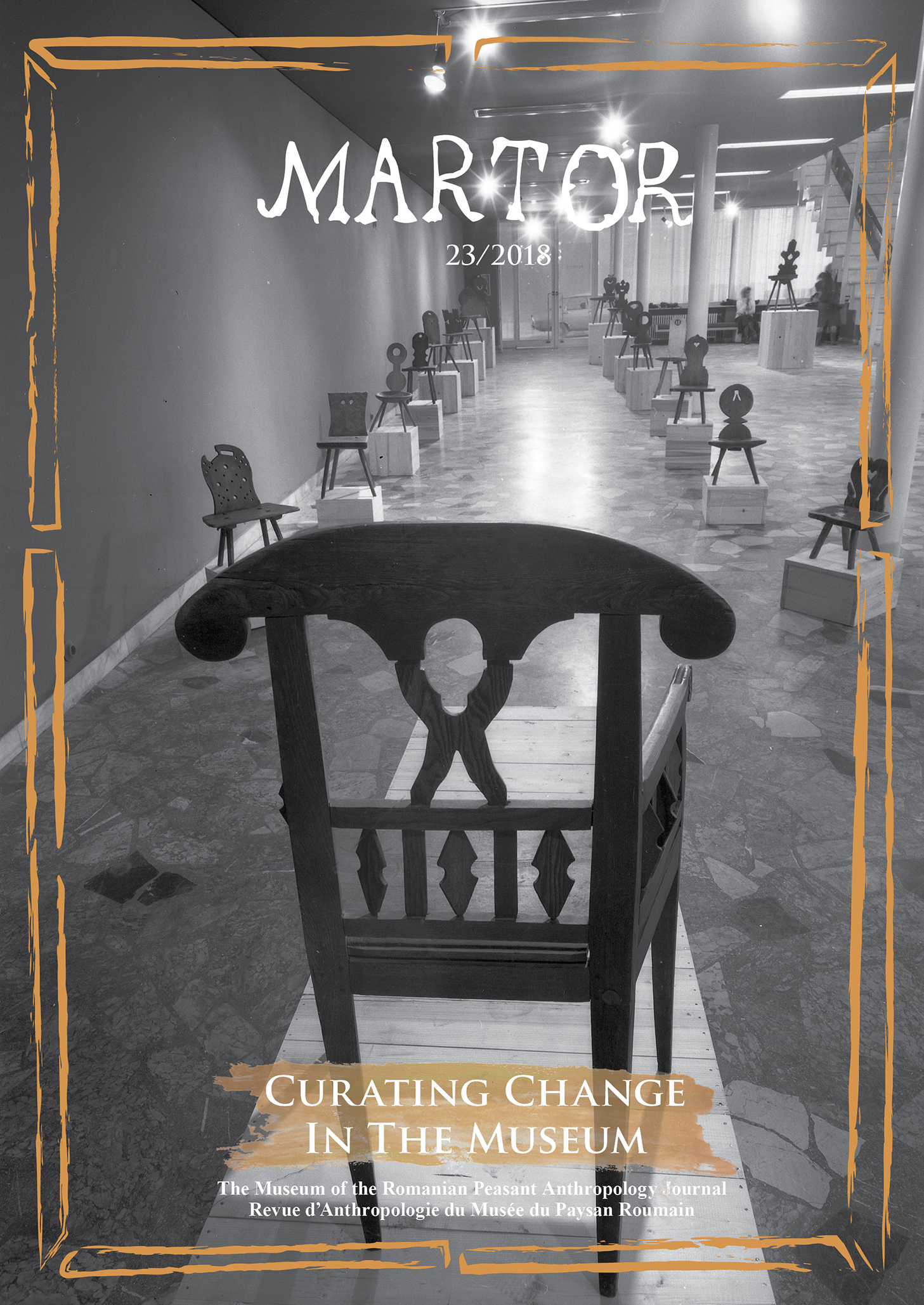Material Remembrance in Contentious Spaces
Material Remembrance in Contentious Spaces
Framing Multi-Scalar Memories and National Culpability in the Museo della Fondazione della Shoah
Author(s): Martijn van GilsSubject(s): Anthropology, Social history
Published by: Muzeul Ţăranului Român, Editura Martor
Keywords: Italy; Holocaust; memory; cosmopolitanism; museum;perpetrators;
Summary/Abstract: In the last decade, several initiatives to build a state-of-the-art Holocaust museum in Rome have been proposed only to subsequently fail to materialize—primarily due to fund cuts. Instead, today, the Museo della Fondazione della Shoah consists of a small, self-sufficient project with very limited display space (one floor), often dependent on travelling collections. The museum’s development and its current status are relevant for memorial discourses in Italy. The memories of Fascism and Italy’s role in the Holocaust sit uneasily in public discourses: from the post-war era, there has been a tendency to defer national responsibility through circulation of the brava gente myth and the focus on Nazi occupiers rather than Italian collaborators and the ideology of fascism that preceded Hitler. While such initiatives as the creation of the Day of Memory have generated a platform for debate, this apologetic attitude has persisted in public circles, leading to a divided memory scape.As a material and symbolic entity, the Museo makes a conscious attempt to intervene in this divided memory. In this paper, I will engage with two of the Museo’s past exhibitions to analyse its discursive framing of Italy’s role in the Holocaust, incorporating a multi-scalar analysis and drawing on the concept of “cosmopolitan memory.” I will argue that the Museo is a local site of memory that establishes a dialogue with transnational memorial discourses. This is reflected in both the Museo’s contents as well as its setup: due to its small size, the Museo is often dependent on travelling collections. In its exhibitions, the Museo provides interrelational descriptions of the socio-political climate in the 1930s and focuses on multiple ethnic and national groups. However, it does not reflect on individual perpetrators, which would further aid its desired—and necessary—pedagogical function of contextualising its historical subject matter from the framing of the present.
Journal: Martor. Revue d’Anthropologie du Musée du Paysan Roumain
- Issue Year: 2018
- Issue No: 23
- Page Range: 177-198
- Page Count: 21
- Language: English

